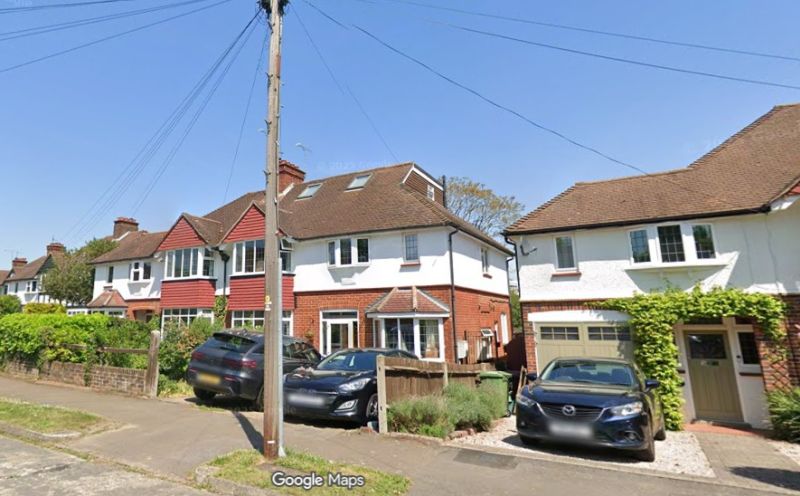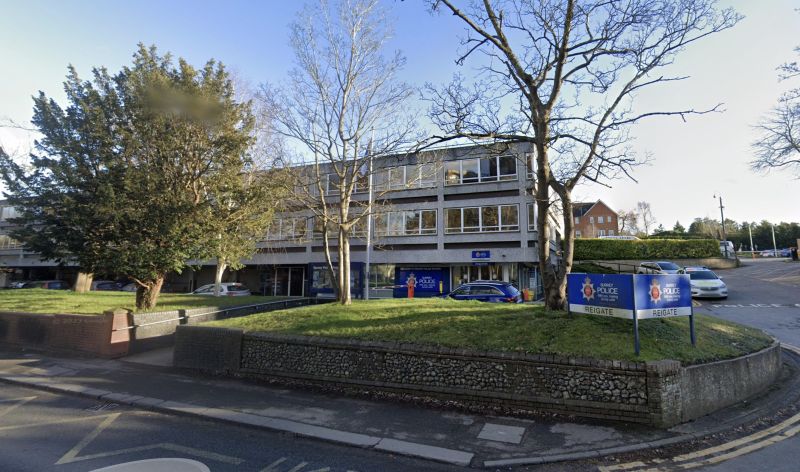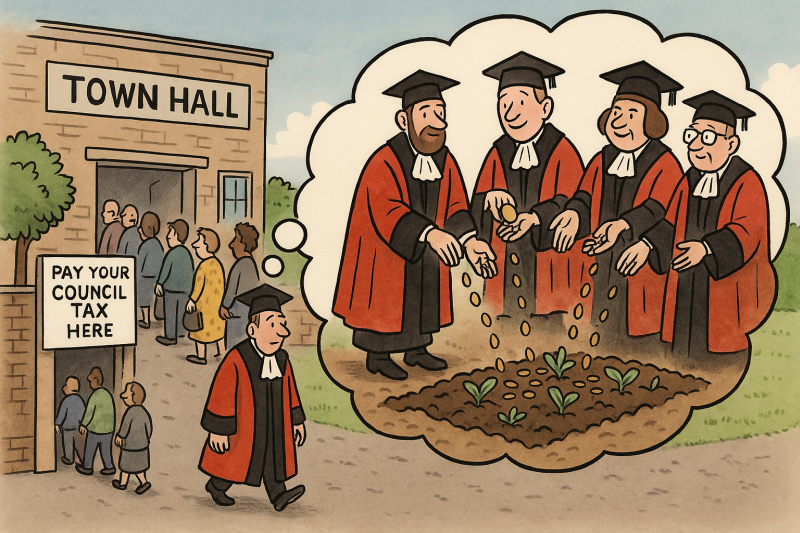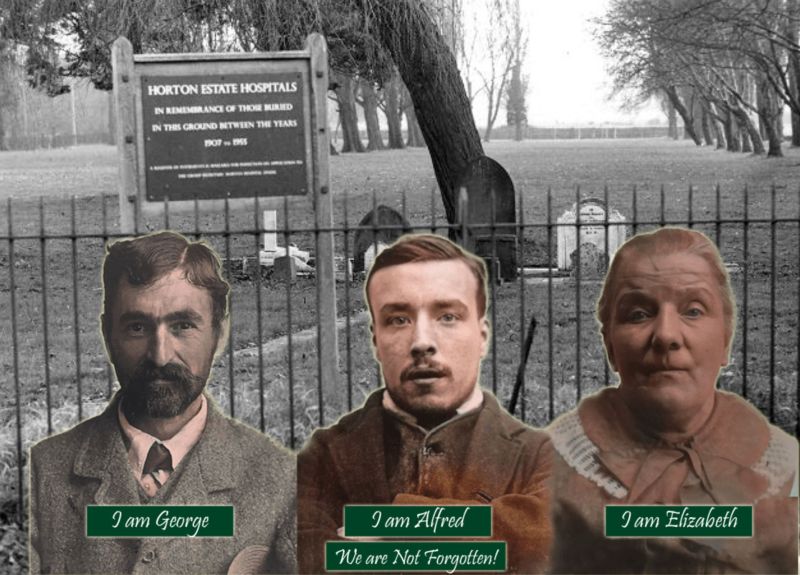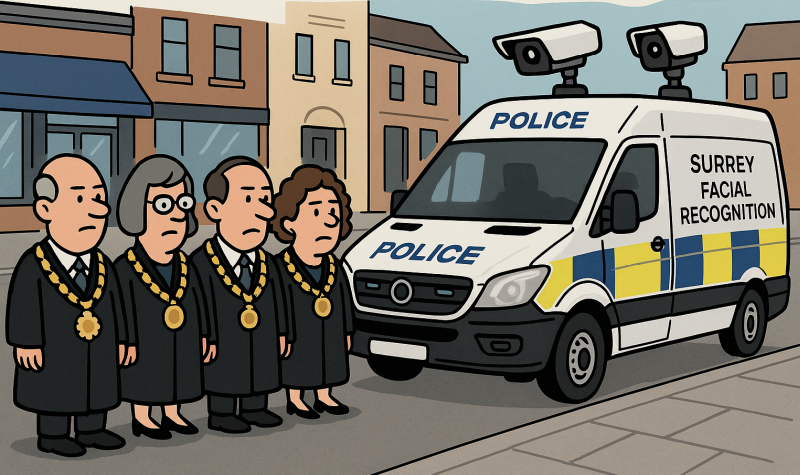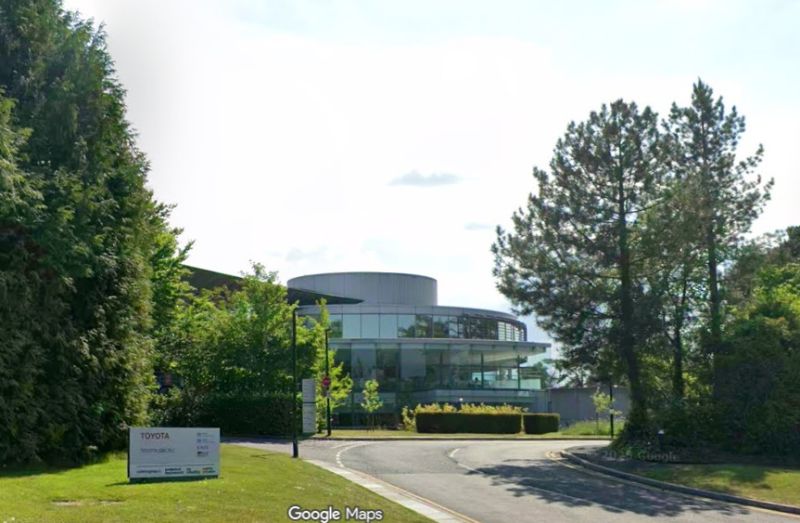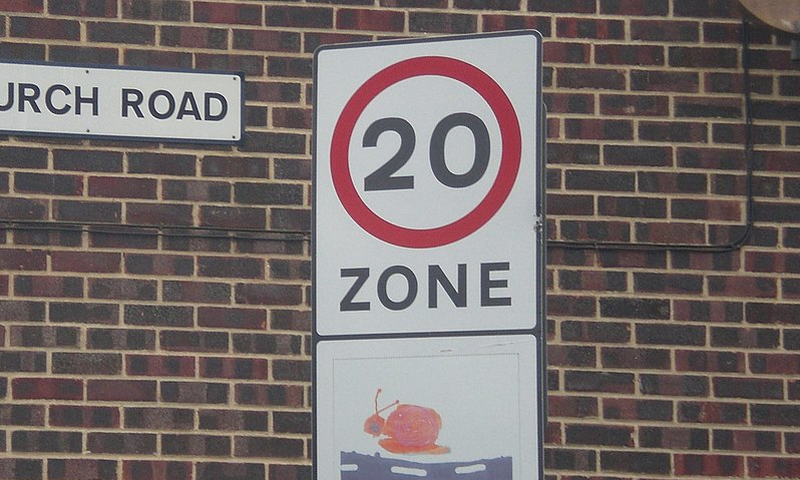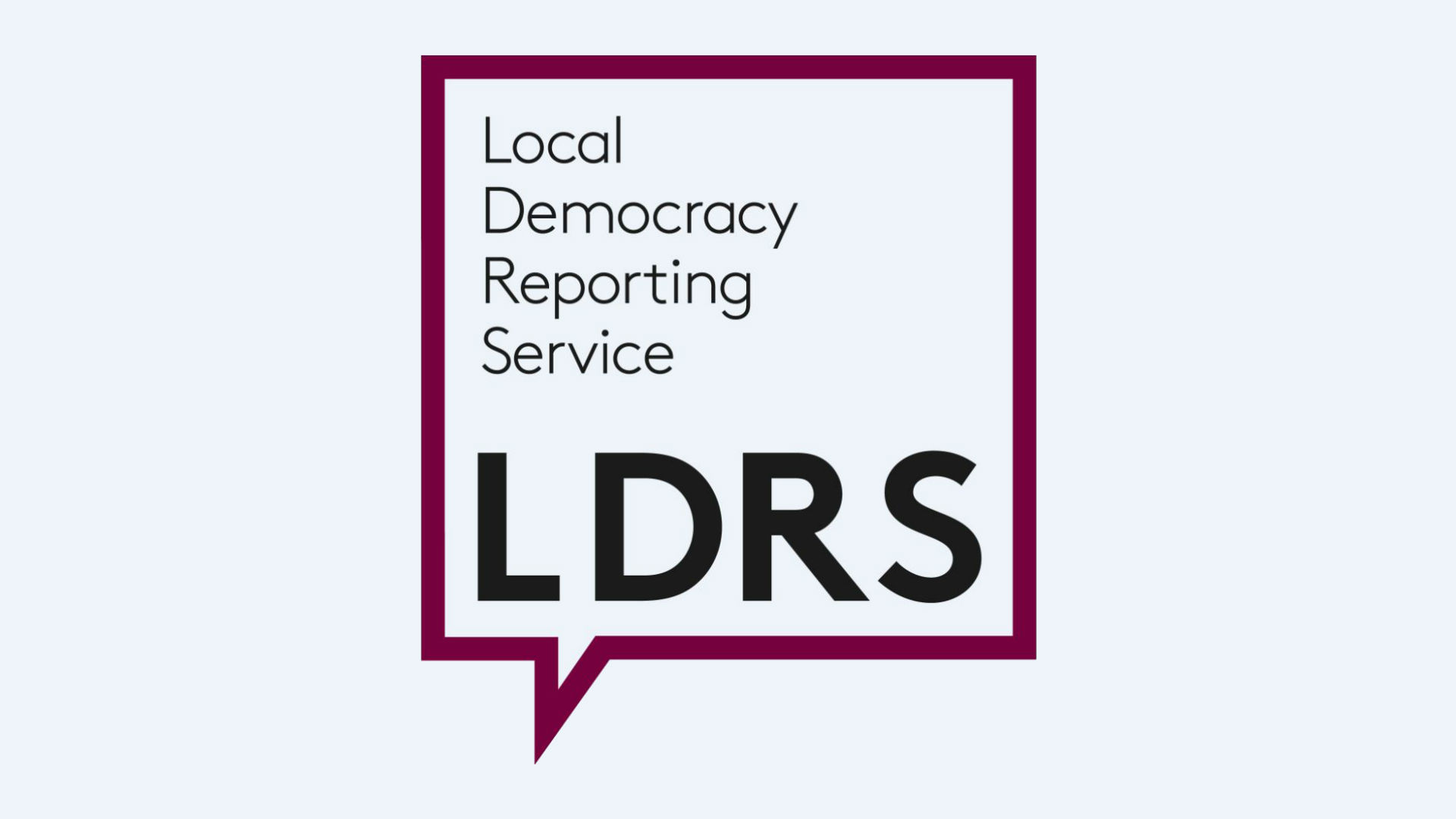Time for us all to slow down?
A default 20mph speed limit could be coming to Surrey’s towns and villages. Surrey County Council is developing a new speed limit policy with the aim of making streets safer and tackling climate change.
The proposed changes will a work on a presumption that most 30mph roads in urban and village settings will be reduced to 20mph.
There are on average nearly 30 deaths on Surrey’s roads each year, and a new road safety strategy will not only work to bring that number down, but also fit in with council objectives around liveable and “healthy” streets.
A meeting of the county council’s communities, environment and highways select committee on Wednesday (July 5) will look at the plans, which officers have been working on since the beginning of the year.
Council documents show that 95 per cent of pedestrians hit by cars at 20mph survive, dropping to around half at 30mph and to 5 per cent at 40mph. They also say that in 2021, 24 people were killed and 647 were seriously injured on Surrey’s roads.
A bid brought to council in 2022 to make the default speed limit 20mph in town centres and residential areas was rejected by county councillors.
The council’s cabinet member for highways and community resilience asked officers at the start of 2023 to come up with a new policy with “a clear ambition” for “more appropriate” speed limits town centres, residential areas, village centres and outside schools.
It comes as the council also considers adopting a “Vision Zero” approach, following the principle that “it is neither inevitable nor acceptable that anyone should be killed or seriously injured when travelling”.
The approach is being brought in by councils across the UK including in London, Kent, Essex, Cambridgeshire and Devon and started in Sweden in the 1990s.
A Local Transport Plan adopted by the council in July 2022 sets out plans for changes to the transport network in Surrey up to 2032 and after. Part of that plan include introduction of 20mph limits using just signs, rather than “self-enforcing” zones which would include physical traffic calming measures like speed humps.
The plans said: “There is a presumption that most existing 30mph limits will be reduced to 20mph, however, this is not appropriate for all roads.” There would still, for example, be 30mph “buffers” on the approach to towns and villages, for safe transition into and out of the 20mph limits.
Documents also said a 20mph zone would not be appropriate and higher limits would be kept where the number of pedestrians and cyclists using the road was low and would still be even with lower speeds, and where there were no need for pedestrians and cyclists to mix with motor traffic. This could include where there were segregated cycle paths, crossing points or no need for people to cross the road.
Streets likely to see speed limit reductions are those where “vulnerable road users and vehicles are expected to mix in a frequent and planned manner” including residential streets, and places where people go for shopping, leisure, socialising, business or health.
A reduction to 20mph limits also fits in with the council’s plans to create “healthy streets”, a scheme which prompted a councillor to pen a break-up letter from a street to a car earlier this year.
Organisations that have called for greater use of 20mph limits include the General Assembly of the United Nations, The World Health Organisation and The National Institute for Health and Care Excellence.
While meeting documents show that not all drivers would stick to a new 20mph limit, such schemes should result in an overall reduction in mean average speeds.
Since publication of this story on 29.06.2023, Surrey County Council has said 30.06.2023, the report has been withdrawn from the agenda for “further work to be undertaken”.
Image: Backspace289 Public Domain


